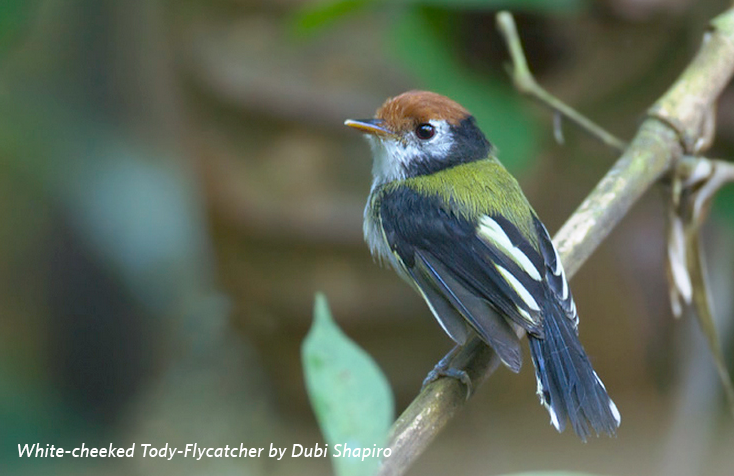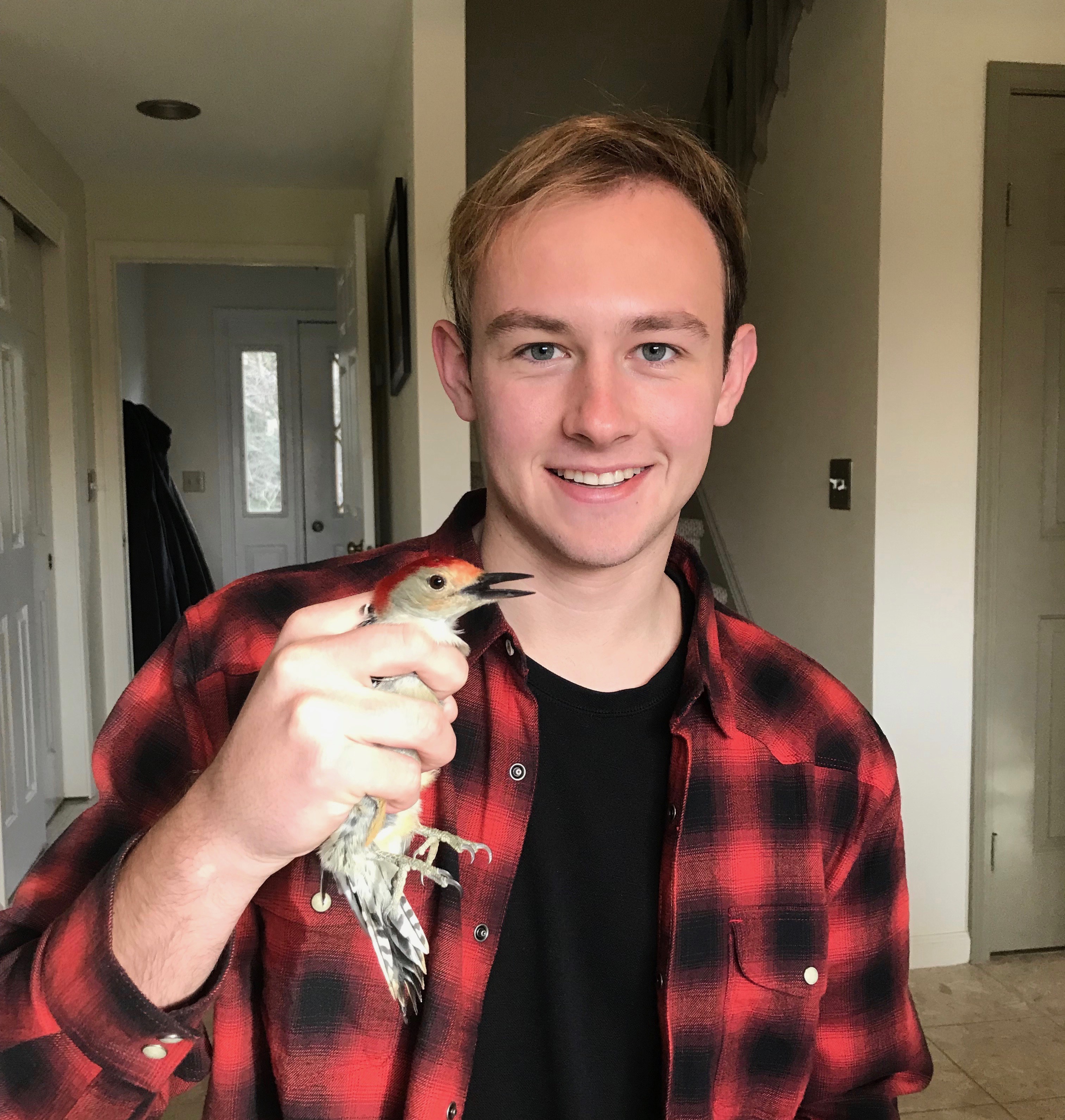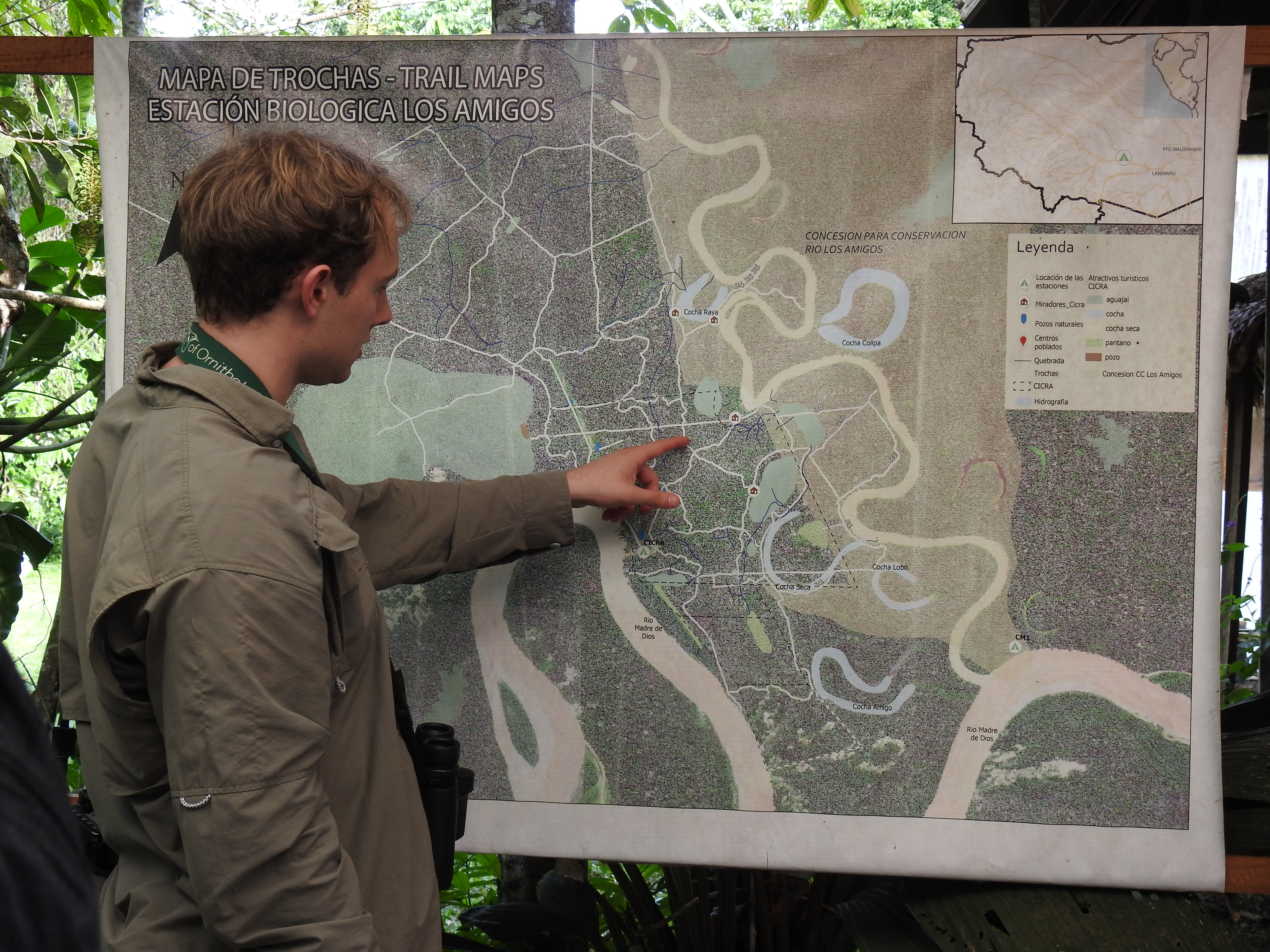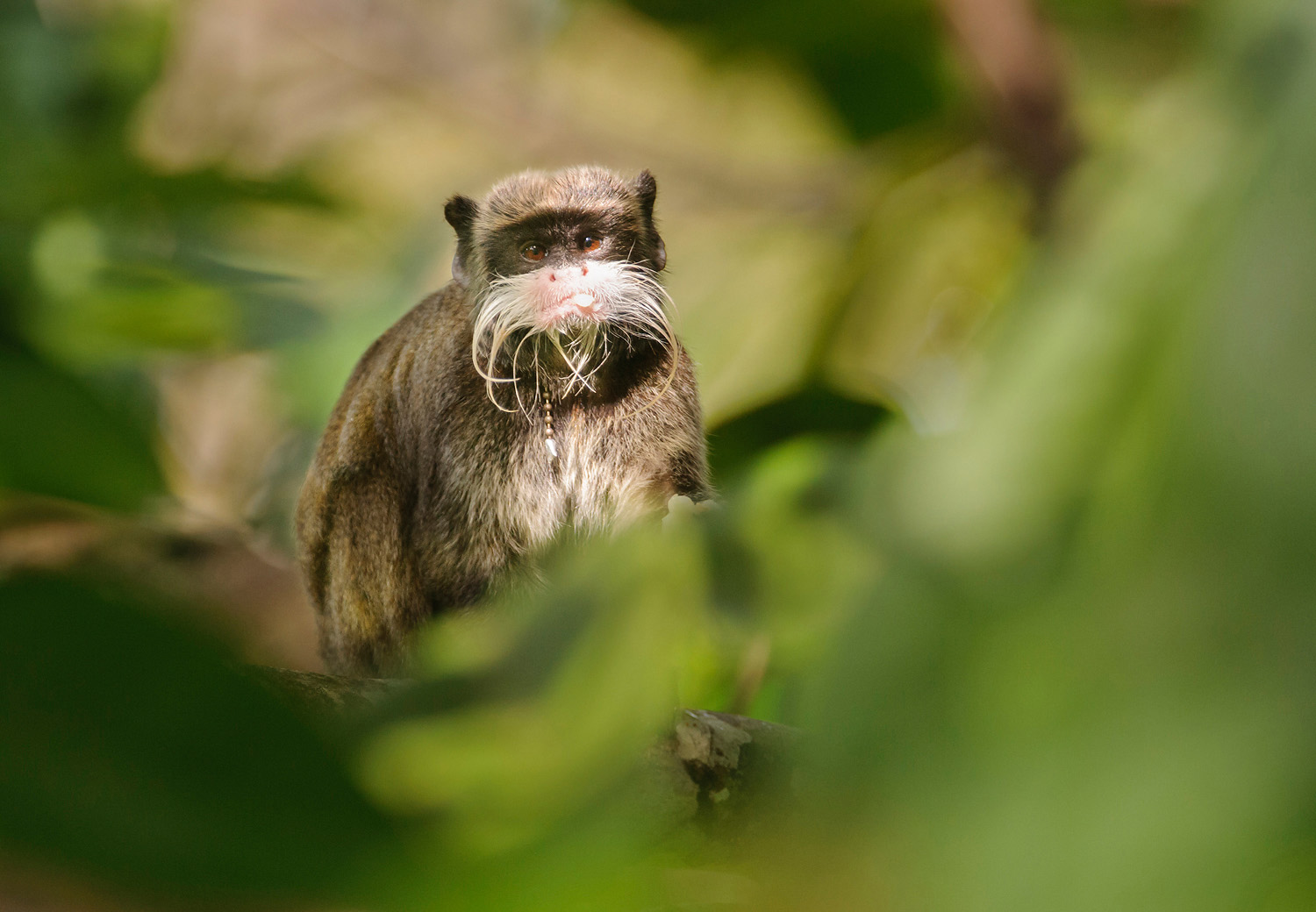I discovered my passion for birds years ago while researching macaws in the Peruvian rainforest in Tambopata, one of the most biodiverse spots on the planet with a wide variety of habitats and around 550 bird species. Among the variety of habitats found there, the most amazing to me was the bamboo forest, one of the largest bamboo patches of the entire Tambopata area, and also a favorite of the late Ted Parker. Specialists like the Rufous-headed Woodpecker, Manu Antbird, Goeldi’s Antbird, and the Red-billed Scythebill could be seen in a day’s hike. I had not seen such a diverse array of bamboo specialists since, until I visited Manu birding lodge last year while guiding for Field Guides.
Ted Parker, one of my heroes and the best tropical ornithologist of his time, spent several seasons studying the avian fauna of the Tambopata region. He had the unique and uncanny ability to detect very subtle differences in behavior and other patterns among birds. He noticed that in those bamboo patches there was “something happening” with the group of birds that occurred in those patches and nowhere else. It was precisely Parker who suggested to researcher Andrew Kratter to consider bamboo birds as a theme for his PhD dissertation, and I am so grateful he did!
After several field seasons based mostly at Tambopata, Kratter found 19 species of birds restricted to bamboo thickets. According to his methodology he found three degrees of specialization that met his requirements.
He defined as “obligate bamboo users” those specialists entirely restricted to living in bamboo habitats, such as the Rufous-headed Woodpecker, Manu Antbird, Flammulated Pygmy-Tyrant, White-cheeked Tody-Tyrant and Large-headed Flatbill.
The next group was defined as “near obligate bamboo users” which included those specialists that he found mostly in bamboo and sometimes in other habitats, such as the Peruvian Recurvebill, Dusky-cheeked Foliage-Gleaner, Brown-rumped Foliage-Gleaner, Bamboo Antshrike, White-lined Antbid, Goeldi’s Antbird, and the Dusky-tailed Flatbill.
And the last group of specialists was defined as “facultative bamboo users”, which include those birds that use bamboo as well as other habitats, namely the Rufous-breasted Piculet, Red-billed Scythebill, Cabansi’s Spinetail, Ornate Antwren, Ihering’s Antwren and the Dot-winged Antwren.
Unfortunately, years ago Tambopata experienced a massive die off of the bamboo and everything changed, and during my years of guiding since, I had not encountered the richness of bamboo specialists that I had once experience in Tambopata. All those wonderful bamboo specialists went silent.
But last year while leading one of my Field Guides tour for the first time in Manu through my hike in the bamboo trail, I felt transported back in time. I was pleasantly surprised to discover how amazing the bamboo around the station was! I found 15 bamboo specialists during a hike in the morning, including the White-cheeked Tody-Flycatcher, Manu Antbird, Rufous-headed Woodpecker, Bamboo Antshrike, and Red-billed Scythebill. During my years birding and guiding along Manu Road, I hadn’t seen anything like this before and I was blown away. The bamboo forest here is just incredibly unique!
I would like to invite you to experience the thrill and the excitement I feel every time I hear and see a bamboo specialist by visiting us at Manu, you won’t be disappointed!
– Pepe Rojas, Amazon Conservation Director of Conservation Tourism
To plan your trip to Manu, visit our website.







Leave A Comment